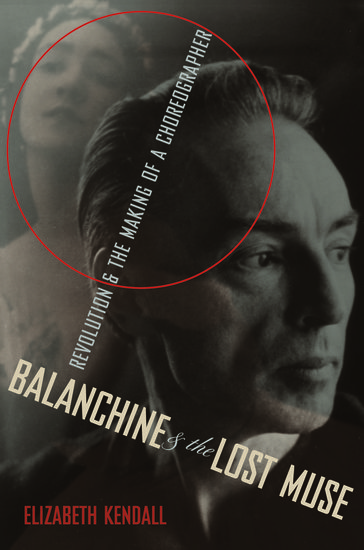A hundred years ago in the summer of 1913, nine-year-old George Balanchine, then Georgi Balanchivadze, spent the last moments of normal childhood — in the country, in the forest by a lake — before he was abruptly brought back to St. Petersburg city and left by his mother in the Imperial Theater School to be trained to be a ballet dancer.
Five years earlier, the Balanchivadze family — Papa Meliton, Mother Maria, and children Tamara, Georgi, and Andrei — had bought land with money won in a lottery outside their city in Finland in a fashionable vacation “development” called Lounatjoki (in Finnish, southwest wind river). They’d built a big wooden fairytale dacha summer house, with stairways and porches and balustrades. They’d hosted some legendary summer parties.

But then they’d lost their money and had to move in year-round to their summer home. Little Georgi became an isolated child, with only his siblings for company, trudging through the snowy woods, helping out his mother in the family’s huge vegetable garden, practicing the piano at set times and hours. But then, for summers, the other dacha residents returned to their houses, for that brief marvelous few months when the sky stays light nearly all night.

There were other boys to run around, play and swim with. In 1913, in fact, the whole Russian empire was having its last normal summer; the next summer, World War I would start, followed by the Russian Revolution that would upend all of life as it was then known. We can imagine the lithe little Georgi of 100 years ago celebrating summer, running among those tall pine trees, hiding from his mother and “auntie,” jumping into the clear lake and scrambling out onto a granite boulder, shouting with a gang of boy children (and his little blond brother tagging along)…all unaware that soon he would be dressed in a cadet’s uniform like the other student dancers and fitted to a strict regimentation that knew no summer or winter.
In the summer of 2006, I took the slow commuter train from St. Petersburg’s Finland Station to find that dacha settlement. It’s not called Lounatjoki anymore, but Zakhotskoe — after the border wars of 1917 and 1939, it’s Russian, not Finnish. My fellow passengers were mushroom-pickers in hiking boots, carrying baskets and backpacks.
Where should my niece, a spirited traveling companion, and I go when we got off the train? An amateur historian had overheard us buying our Zakhodskoe tickets in the Finland Station. He drew us a map of the path from the train platform to the little lake that I think was called Sarkjarvi (the “lake of Sarks,” a little fish with red eyes). He told us how to recognize the ruins of the dachas, or rather their foundations, now covered with moss and grasses.
The abandoned path through the old dacha settlement ran straight among the tall silent pines, hiding those many mossy fundament ruins. We found the little round lake, reflecting the forest. We disrobed and swam in its cold clear water, then dried on a boulder, just as a young Balanchine would have. Afterwards we stumbled onto a marble stairway, alone in the woods — the only witness left of that idyllic summer a hundred years ago.

But somewhere the ghost of the boy Balanchine was there too, hiding in the forest. As the summer of 1913 wound to an end, the carefree boy, thinking his own thoughts, would soon be torn away from family and woods and given a whole new family and a whole new un-childish world in the backstage of the great Mariinsky Theater and the majestic yet Spartan corridors of the Imperial Theater School.




Thank you, this is very charming, I wish I could visit (need to make more money!)
Dear Elizabeth,
We used to take classes at Radcliffe with Claire Mallardi,and I still have a beaded necklace you were kind enough to give me. I love your books and would like to be in touch. I have a small ballet school in Cambridge, freshpondballet.com and edit a poetry/fiction journal as well. You may know another friend of mine at the New School, Nahid Rachlin, a wonderful writer.
Best,
Nina R. Alonso